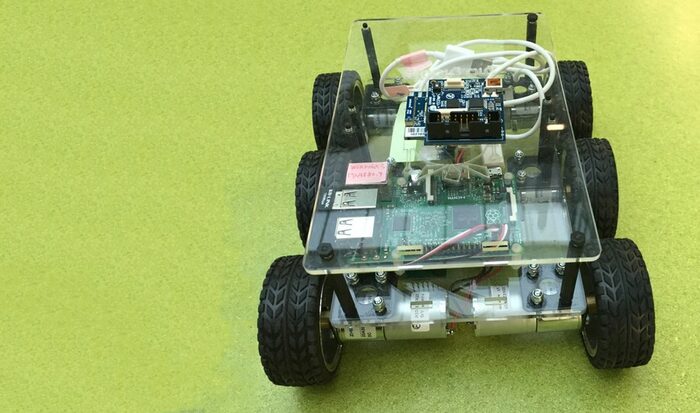|
Landeshauptstadt Dresden - www.dresden.de https://www.dresden.de/en/business/tomorrow-s-home/rv-sniffbot-eng.php 04.03.2022 09:36:47 Uhr 19.04.2024 16:05:27 Uhr |
|
Using robots during disasters
SNIFFBOT, TU Dresden
Whether it be accidents, natural disasters or cleaning up war damage – if it involves hazardous gases, it is advisable for humans to keep their distance. So the TU Dresden has developed the ‘Sniff-Bot’, a gas-sniffing robot that can be used in dangerous environments. Participating in the project are scientists from seven chairs within the university, including Prof Uwe Assmann, the project manager and dean of the IT faculty. To design the sniff-bots, he and his team fitted small drones and driving robots with biosensors and microsensors. If one of the sniff-bots detects toxic gas, a human can connect with the robot from a safe distance and control it, inspect the area and, ideally, seal off or remove the source of the toxin.
Getting the sniff-bots to not only see, hear and smell, but also be able to perform motor-driven work involved complex development tasks for the Dresden-based scientists. In addition to a state-of-the-art gas sensor system, the sniff-bots thus also have versatile robotic arms and the capacity to work as a group, enabling them to observe situations from different perspectives and optimally assess the hazard. In doing so, they make the most of their ability to communicate and interact with the environment and humans, as well as the other robots. The little robots are thus also useful helpers in non-disaster cases, and can even be used for industrial applications, such as monitoring complex production plants. The SNIFFBOT project is backed by 1.78 million euros’ worth of funding from the Sächsische Aufbaubank as part of the Smart Systems Hub Dresden.








